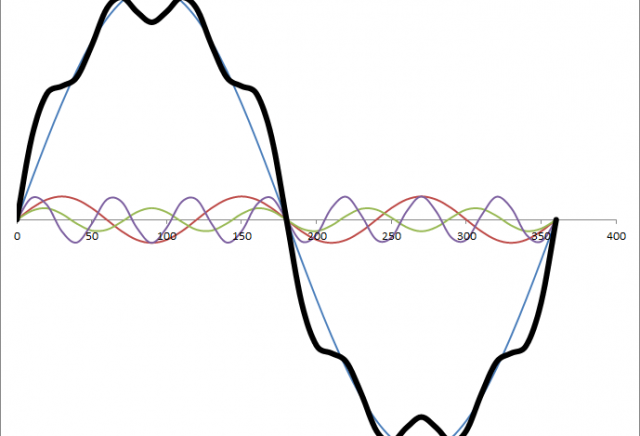Technology advancement has its pros and cons. Computers increase the efficiency of doing everyday office jobs. Most companies now has the policy of paperless office which is good for the environment, less trees being cut-down and less rubbish going to garbage dumps, not to mention the equivalent carbon foot print in the production and disposal of such.
Better technologies help industries in the more efficient use of electricity. High efficiency motors, smart motor control centers or variable speed drives are now commonly used leading to better plant efficiencies.
On the downside, most of these new technologies are non-linear loads to the electricity network. Non-linear loads does not draw electric current in a sinusoidal form creating multiples of the fundamental waveform in the process. These multiples of the fundamental waveform are called harmonics.
Computers (desktops and servers), printers, telecommunications facilities, variable speed drives, home appliances (TV, DVDs, microwave) are all non-linear loads and creates harmonics into the electricity network. You may ask, how my TV is just a 250W appliance, how much could that contribute harmonics into the electricity network. The answer is simple, how many TVs operate at anytime within a network particularly during primetime. Adding all of those contributions, how much will it be?

The center i When the harmonic balancer fails, the timing marks drift. Gere Economical